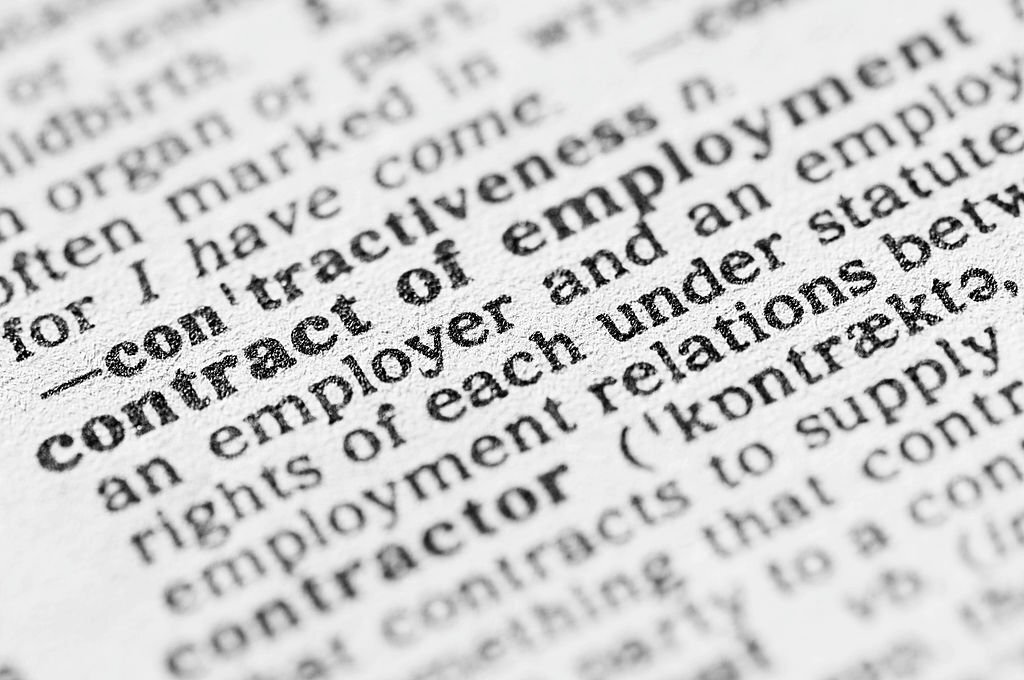What can be done when workplace bullying occurs?
Bulling At Work Introduction
In this employee blog, I discuss the definition of bullying, examples of bullying, and possible responses to workplace bullying.
What is harassment?
There is no legally binding definition of bullying. Bullying is offensive, according to the Advisory, Conciliation, and Arbitration Service (Acas). Behaviour that is frightening, malicious, or insulting; abuse or misuse of power in ways that undermine, demean, or harm the recipient.
There is some overlap with harassment, which is undesired action that violates the dignity of another or creates an intimidating, hostile, demeaning, or offensive atmosphere for them.
Examples of harassment
Bullying may manifest as violent behaviour, physical threats, or verbal abuse. Bullying may sometimes be more subtle, including intimidating levels of supervision, abusive emails, making inappropriate jokes, and removing a person from team meetings and social gatherings.
In response to the harassment,
Each case will be unique, and your response will rely on the specifics, including your own position. Listed below are some options to consider.
Taking on the workplace bully
It may be appropriate to address the bully and express your displeasure with his or her behaviour. In general, doing something is preferable to doing nothing, but it may not always be viable to confront the bully, especially if they are in a position of authority.
Union support
If you are a union member, contact your union representative for assistance and direction.
Grievance
In certain circumstances, you may choose to file a complaint. Check your employer’s anti-harassment and anti-bullying policy and grievance procedure to ensure you are following the correct procedure. Before filing a formal complaint, you would often be advised to seek informal resolution through HR. If the informal approach fails, it may be required to file a legal complaint.
Mediation
Consider mediation as an alternative option. Sometimes, especially when a dispute is protracted and lengthy, mediation may be the best course of action. This may involve an internal mediator (with no stake in the issues) or an external mediator.
Leaving employment
If you have been bullied at work, you may believe that quitting your position would be unfair and unjust. However, it is generally simpler to obtain a job when you already have one, and you may decide for personal reasons to move on and not pursue the matter further.
Claims
Depending on the facts, you may wish to file a claim for constructive unjust dismissal.
Typically, in order to file a claim, employees must have at least two years of continuous service with their company.
For constructive unjust dismissal, you must have quit immediately due to your employer’s fundamental breach of contract. For instance, the fundamental violation may be a breach of the implicit promise to offer a safe working environment or the implied term of trust and confidence.
It is difficult to pursue a claim for constructive unfair dismissal because the burden of proof lies with the employee. Before retiring, it is prudent to acquire legal counsel at the earliest opportunity.
You are expected to complete Acas’ early conciliation process prior to filing a claim.
The claim must be submitted to the employment tribunal within three months (less one day) of the termination of employment, subject to the provisions governing the extension of time for early conciliation.
There may be more claims to consider.
You may have a claim for discrimination, for instance, if the bullying was motivated by a protected characteristic such as race, age, gender, sexual orientation, handicap, or religion or belief.
This guide is for reference purposes only and should not be relied on for particular recommendations.
Please do not hesitate to contact us if you have any questions about workplace bullying or any other employment law-related issues.







